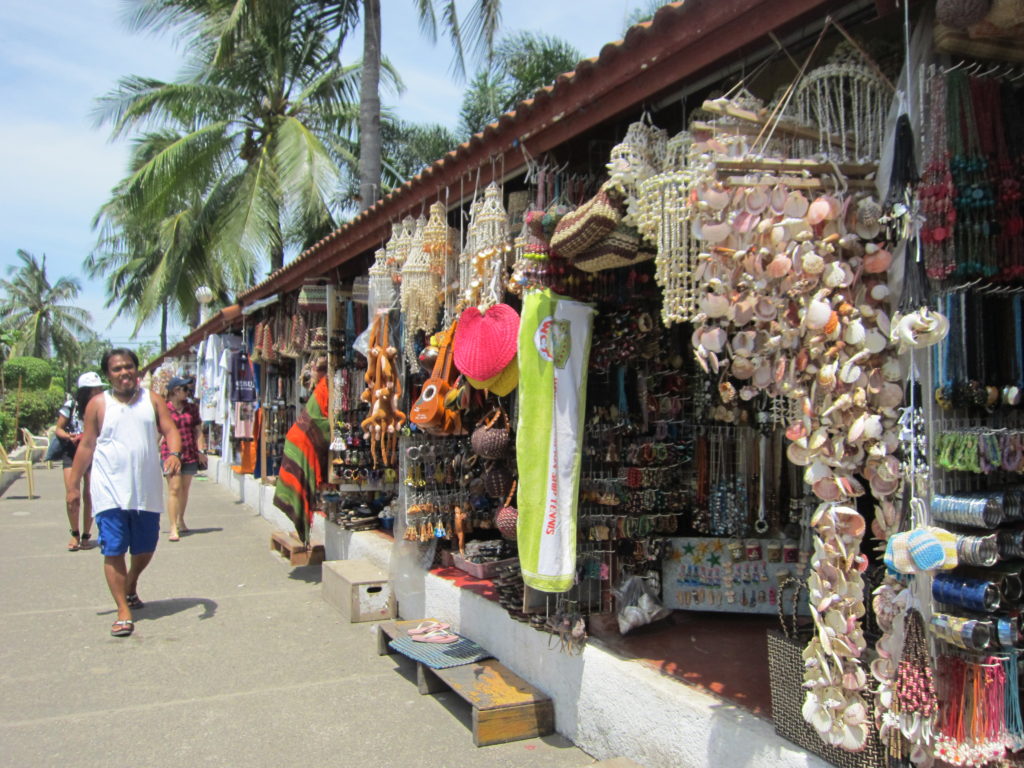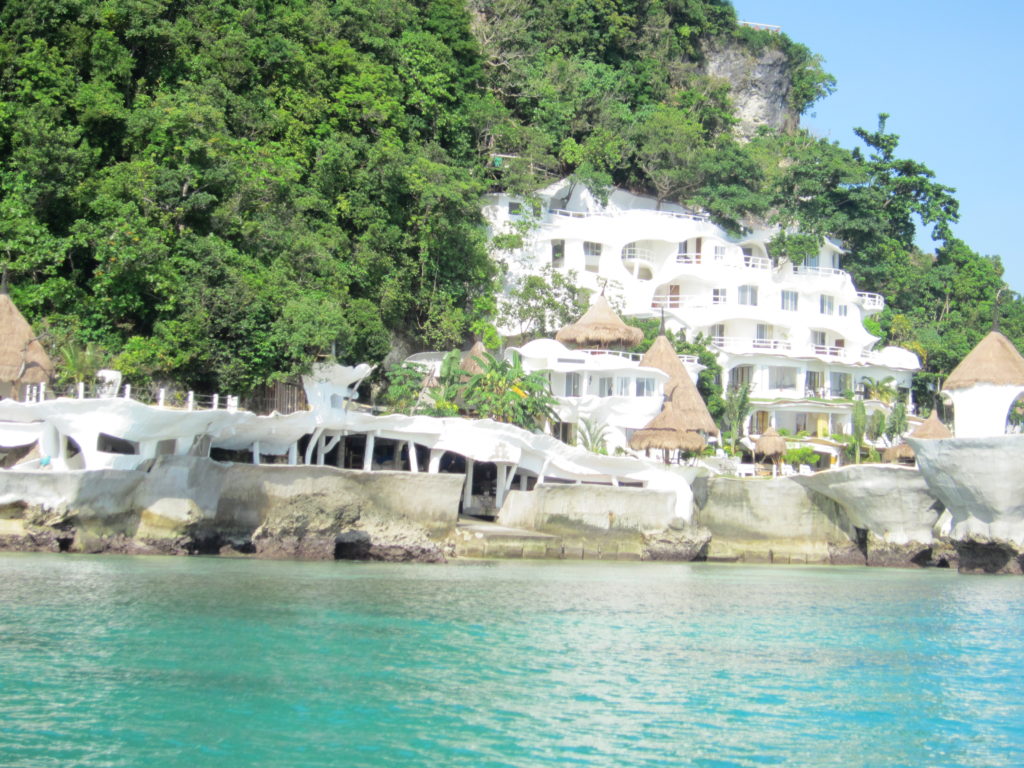Philippines: So Close yet So Far Away

It was Imelda Marcos who got me interested in the Republic of the Philippines. As a kid, I had heard endless tales from my father, about Merco’s craze for footwear, and, of her massive collection. And that I grew up to develop the same craze for footwear is a pure coincidence. Though, it is quite another story that I do not possess 2,700 pairs of shoes like her, but a mere 25 pairs and counting, which is nowhere close to the lady who symbolizes extravagance.
So, long before the Philippines Airlines began operation, I had set my heart on the island and many times thought of a trip that never materialized for my reluctance to waste that extra bit of hours by flying via other Southeast Asian countries. So last June, soon after their national carrier started its direct flight from New Delhi to Manila and other metro cities, I made sure I took the first few flights to explore the island.
And funnily, the first thing I did on reaching Manila, the buzzing capital, was take my guide, Lusa, by surprise, by asking her all about the lady who now leads a not-so-quiet life mentoring her politician son. All through my trip, poor Lusa was bombarded with all sorts of questions about Imelda Marcos. But then, on quite another level, my trip to the Philippines wasn’t just about gathering old news of this once powerful lady. In fact, it was much more than that. As it turned out, it was a discovery of a new world that is, in many ways significantly close to the world I belong, the Northeast.
Even though the island has been colonized for over three centuries by Spain and there’s an unmistakable and obvious Hispanic influence, people are still rooted in their Asian roots and culture. And in the many places that I ventured around in the different islands, I saw glimpses of cultural affinity with that of Northeast and could not help but compare the two worlds separated by thousands of geographical miles yet strangely linked by a distinct thread running through their food, music and culture. The long stretch of paddy fields and the rice terrace cultivation only accentuate the similarity of the two worlds. In their culture, I saw a reflection of our very own. In their meekness, gentleness and simplicity, I saw an unmistakable Northeastern trait and that drew me close to them instantly. In their love for food, especially pork that they relish with rice which is their staple diet, I saw a bond that’s intrinsic and deep. Their love for music and fondness for guitar struck a familiar tone in my heart. It felt quite like home except for the sandy beaches and shores that are filled with tourists basking in the sun.

One of the many nights at a glitzy shopping mall in Makati city, I envied them for the well-lit city that is theirs with a calm sense of atmosphere. By night, bars and restaurants come alive with music, aroma of freshly-made food and energy from the young and old locals rubbing shoulders with tourists from far away seeking a clean high under the neon light. Instead of reveling in the mood, my thoughts went rather far from that noisy pub in Manila all the way to the Northeast that’s gripped in perpetual darkness after sunset. Thoughts of home are never far away especially when you know there are so many elements that remind you of home in a place that’s topographically and culturally close to home.
Their part of food which is still untouched by the Hispanic lure is quite close to that of the Northeast in some ways. They feast on their pork abodo with the same passion as we do to our pork dishes. Lechon is another favourite pork dish which is prepared by roasting a whole pig over charcoal. Does that ring a bell?

And when in Cebu, a beautiful island which is apparently the first Spanish settlement in the island, which is just 45 minutes away from Manila, I felt victim of greed and had to be bed ridden with no energy felt until Lusa got me their version of kichidi that recharged my system back to work. The rice-based preparation with lots of vegetables reminded me of the Angamis’ galho, which I got hooked to while I studied briefly in Kohima in junior school. Much later when I gained enough strength to resume my exploration, I stood in front of Ferdinand Magellan’s statue that was towering over trees and bushes in a well-maintained complex. Magellan was a Spanish explorer whose statue is now tourists’ delight. All along the gated complex are small souvenir shops filled with guitars of all shapes and sizes. Filipinos
love to sing and music is a natural phenomenon for them. It is said that every home must have a singer and a guitarist. And quite like Northeasterns, they hardly need to learn music formally as music is in
their genes and they learn to strum the guitar just as naturally as they learn to walk.
I came away thinking how two worlds could be so close culturally, yet be apart physically.
The Northeast Today, October 31, 2015
https://thenortheasttoday.com/philippines-so-close-yet-so-far-away/



